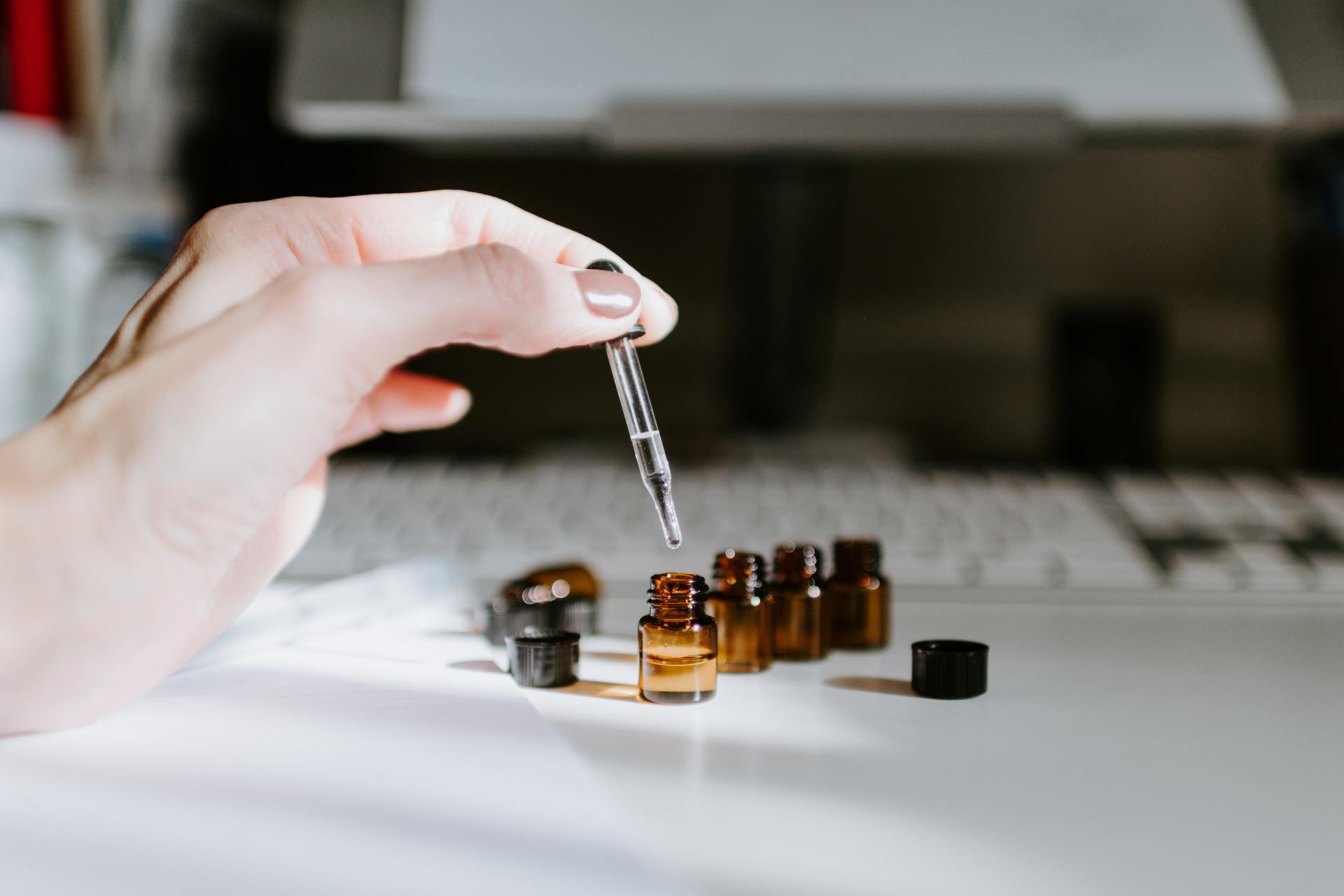AROMATHERAPY
Reflex & Rebalance
Relax your mind, rest your body
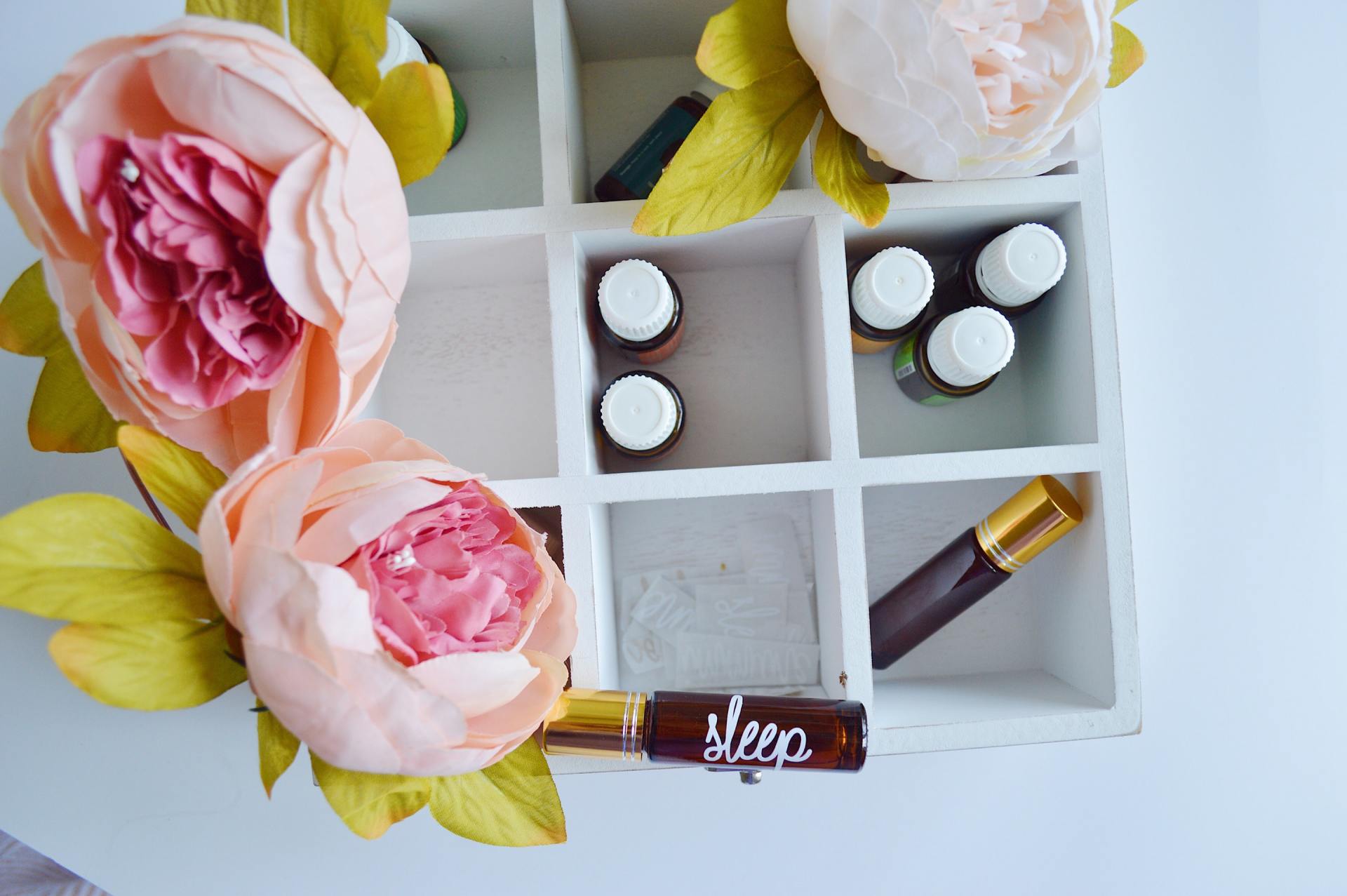
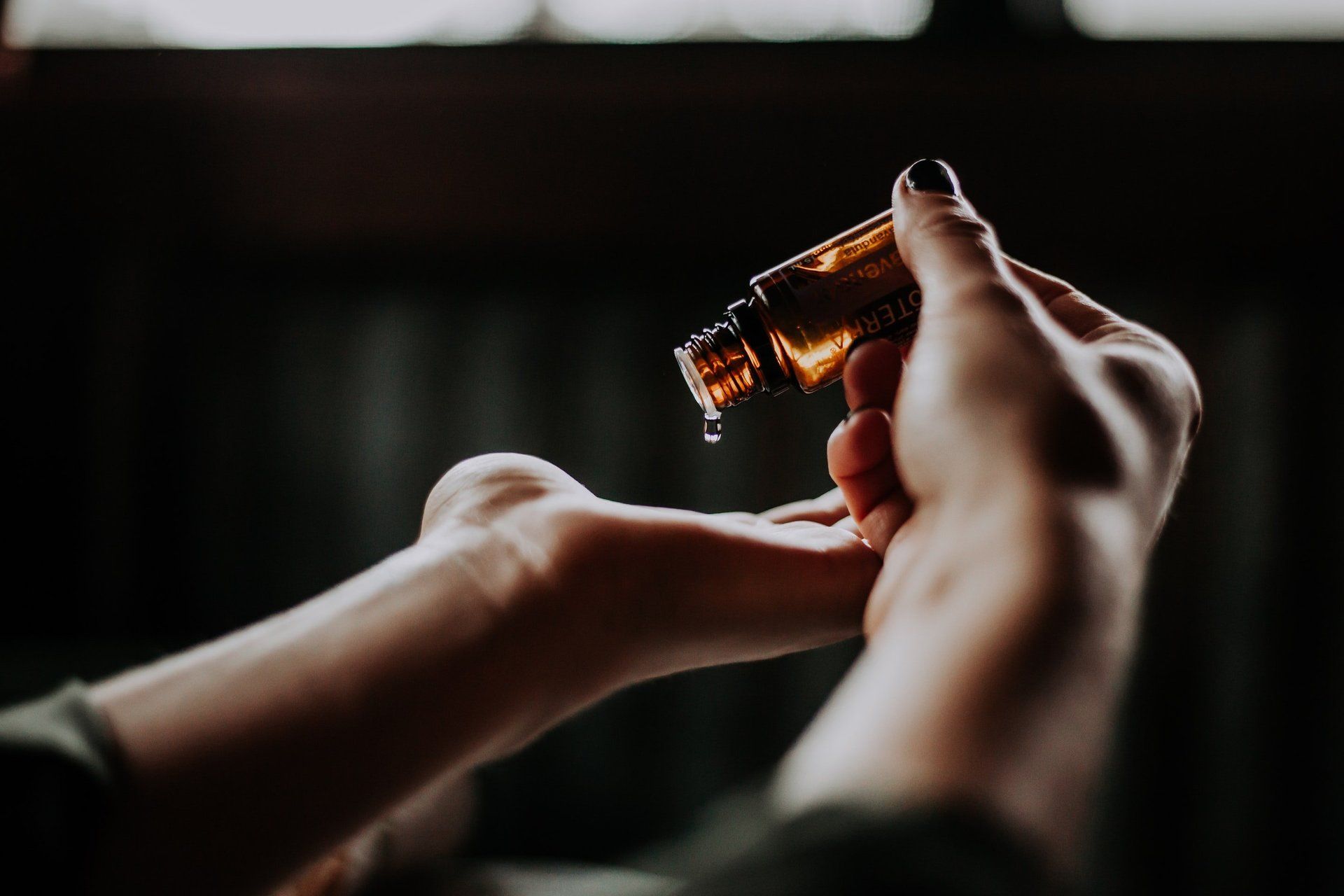
Aromatherapy
Aromatherapy is the systematic use of volatile (easily evaporated) plant oils known as essential oils for the treatment or prevention of disease. It is a form of complementary therapy designed to treat the whole person and not just the symptom or disease, by assisting the body’s natural ability to balance, regulate, heal and maintain itself.
Essential oils consist of tiny aromatic molecules that are absorbed through the skin, and whilst breathing they enter the lungs. These therapeutic molecules then enter the bloodstream and carried around the body where they can then deliver their most beneficial healing powers. Essential Oils are highly concentrated and so only a small amount is required to achieve results.
Essential oils are aromatic, volatile substances that are extracted from a botanical source by the means of distillation or expression. The oil is extracted from the leaves, bark, flowers, roots, seeds, fruit peel, pulp and heartwood.
History of Aromatherapy
The Ancient Egyptians, Greeks and Romans were all known to use resins, balms and powders to produce healing ointments and perfumes. The Egyptians would embalm bodies of the dead to help preserve them by using frankincense, myrrh, pine and benzoin. They were great believers in reincarnation.
The Greeks and Romans who were very advanced in the study of medicine, Hippocrates, known as the “Father of Medicine” had daily aromatic baths and scented massages to prolong life. Hippocrates also created remedies by using macerated herbs in wine products as a form of anesthetic, using it to treat soldiers battle wounds.
The Romans being known as the greatest bathers, used the health giving benefits of aromatic baths to help with cleanliness. It is reputed that the Emperor Nero burned as much incense as Arabia could produce in one year at the funeral of his wife and the rooms were decorated with plates of ivory which hid silver pipes that would release perfume onto his assembled guests.
The term Aromatherapy was brought to use in the 20th century.
Uses of Essential Oils
The nose – inhaled
When essential oils are entered via the nose they travel to the olfactory (sense of smell) system in the brain. Considered to be the strongest sense, it can affect our moods and emotions, so it is the fastest way for essential oils to enter the body and cause the quickest reaction.
The skin – absorbed
When administering essential oils on the skin, they must be diluted in a carrier oil (the only 2 essential oils that are safe enough to be applied undiluted onto the skin are, lavender & tea-tree).
The minute size molecules which are present in essential oils enter the body through the sweat glands, hair follicles and through fat molecules already present in the skin, by absorption. Once absorbed through the skin the essential oils then enter the lymph and blood circulation and then get passed through out the body.
Methods of Application
Massage
After consultation, appropriate essential oils are blended with carrier oils and applied to the surface of the skin with soothing, gentle massage strokes. Massage helps the body to absorb the essential oils as it gently stimulates the circulation of the blood and lymph. Essential oils are inhaled and absorbed during massage.
Baths
A bath should be filled with water of a desired temperature (not too hot) then add up to 8 drops of your personalized essential oil blend (mix with a little milk before adding to the bath water. Milk emulsifies the oils helping them to submerge into the bath water. Ensure you have closed windows and doors as essential oils are inhaled during bathing.
Compress
This is a good way to introduce oils into a specific area. Compresses can be used hot or cold to create different effects. Immerse a piece of natural material, such as cotton or a sponge, into a bowl of water containing essential oils. The fabric/sponge will collect the floating diluted oils that are floating on the surface, then the fabric is squeezed to remove the excess water before placing onto the skin. The water should only be warm or cool I will advise you on the best temperature for your particular oils..
Inhalation
Added to a bowl of hot water, allowing the steam to carry the essential oil molecules in the air. Lean over the bowl with a towel over your head so this traps in the molecules which then can be inhaled. Placing a few drops of essential oil directly onto a handkerchief and inhaling through out the day may be more convenient. The essential oils can be mixed in water and placed in a spray bottle to use as a room freshener.
Vaporisation
Essential oils are added to water and heated in either an electric diffuser or with a ceramic burner with a tea light. By heating the water & oil it vaporisers into small molecules into the air and a small quantity is inhaled through the nose.
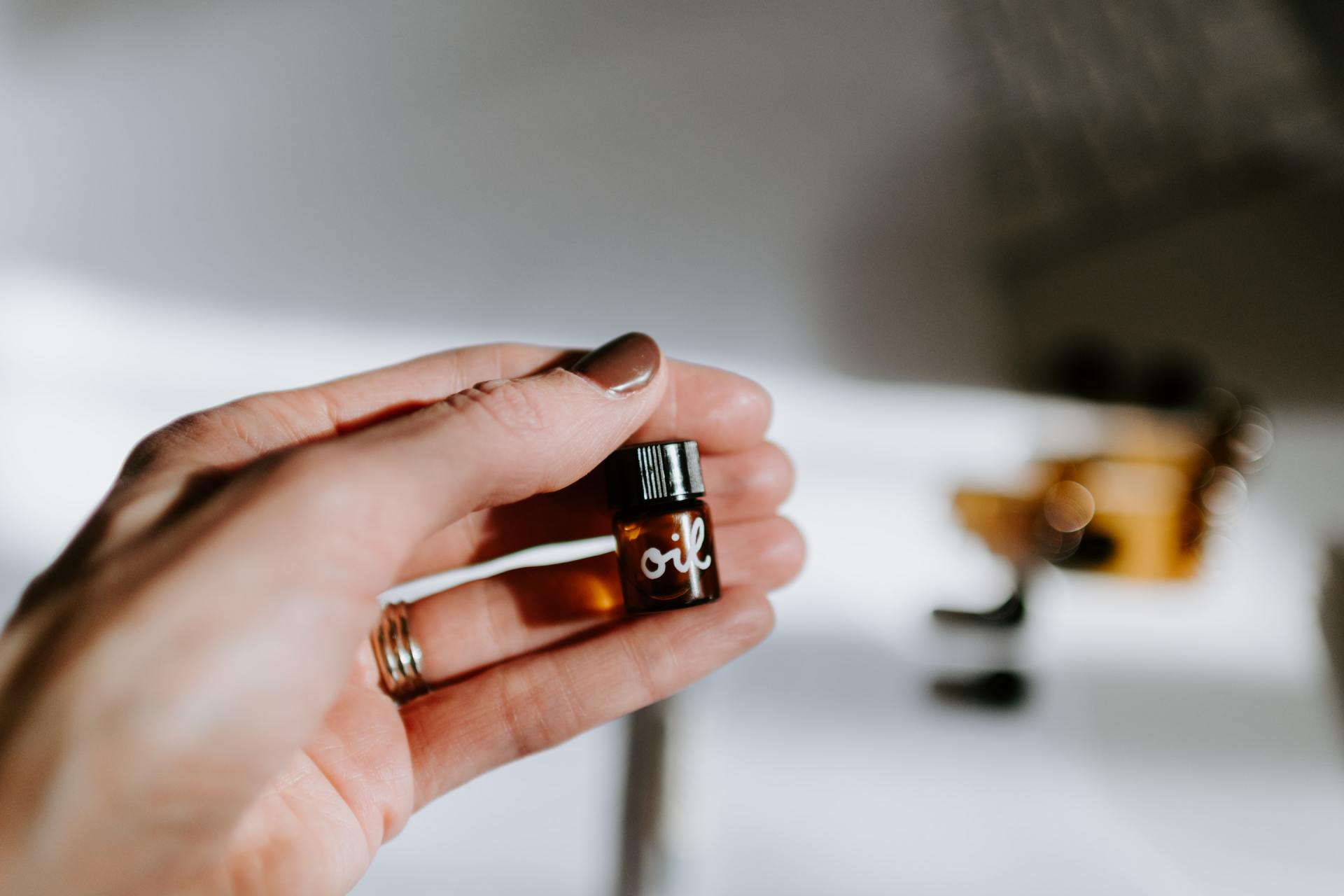
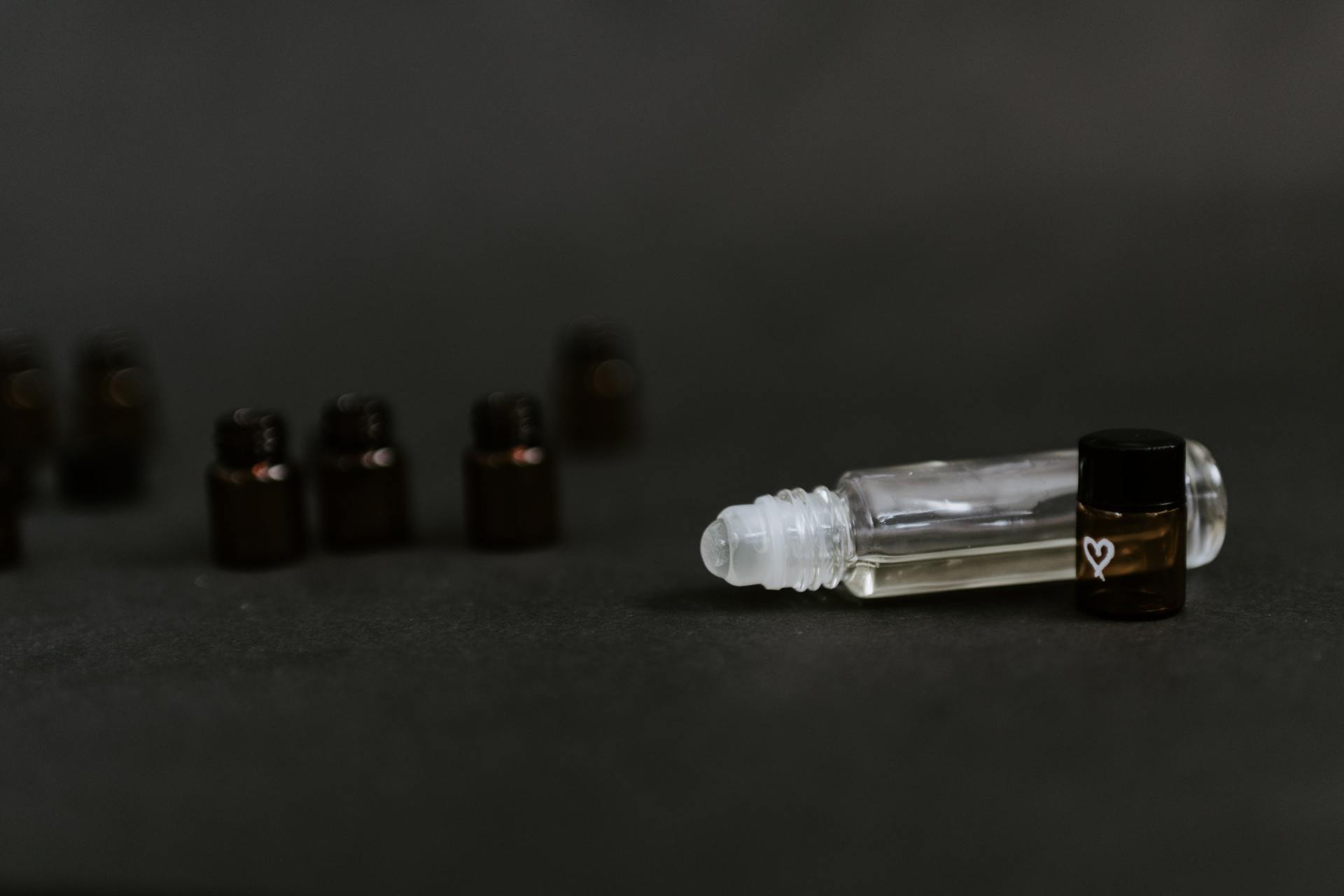
Benefits of using Essential Oils
Anti-Bacterial,
Improved Circulation,
Healing of skin damage such as scar tissue,
Calming,
Relaxing,
Mental Clarity,
Relieves tension and stress,
Balancing,
Uplifting,
Anti-depressant,
Anti-Inflammatory,
Anti-Spasmodic.
